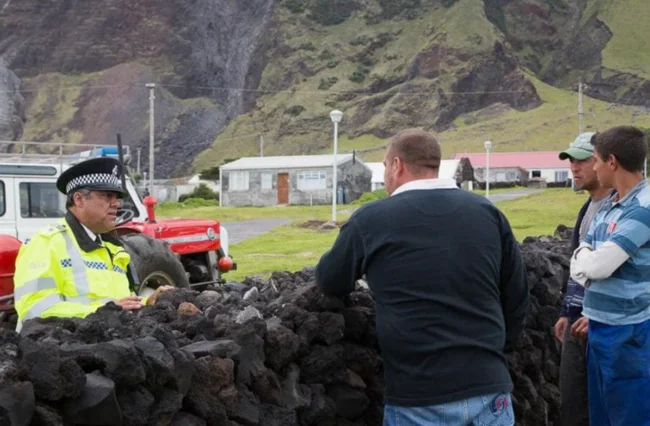Reclusive Island: A place where people live far from civilization (13 photos)
The dream of escaping the hustle and bustle of the city to a remote island seems like a romantic fantasy. But some people have made it a reality. These are the residents of the Tristan da Cunha archipelago, located in the middle of the Atlantic Ocean. 
The archipelago consists of nine volcanic islands, but only one is permanently inhabited—Tristan da Cunha. It is considered the most isolated settlement on the planet.
The most secluded place on Earth
To understand just how remote it is, just look at the map. The nearest major city to the west is Maldonado in Uruguay, almost 4,000 kilometers away. To the east, the nearest "civilization" is Cape Town in South Africa, 2,800 km away. 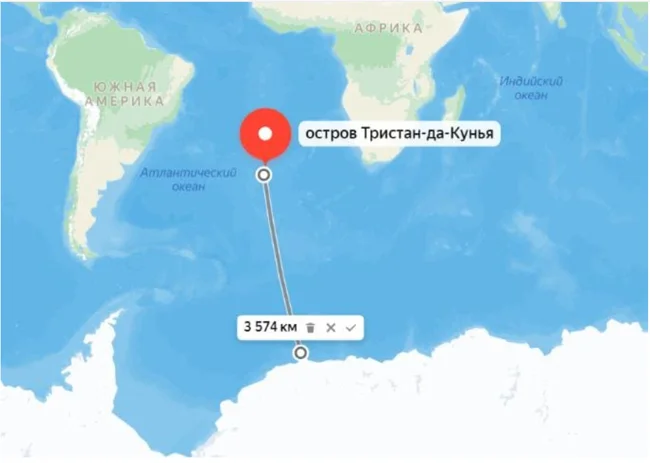
From the north, the closest point is Harper, Liberia, over 4,600 km away. And if you head due south, all you see is endless ocean and Antarctica, 3,600 km away.
A little closer is Saint Helena, with a population of about 4,500 and air service to the mainland. But even it looks like a "center of civilization" compared to Tristan.
The Island and Its Inhabitants
Tristan da Cunha covers an area of only 207 square kilometers. Almost the entire island is occupied by the Queen Marys Peak volcano, and on the northwestern plain lies the only settlement—the city with the poetic name of Edinburgh of the Seven Seas. About 300 people live there. 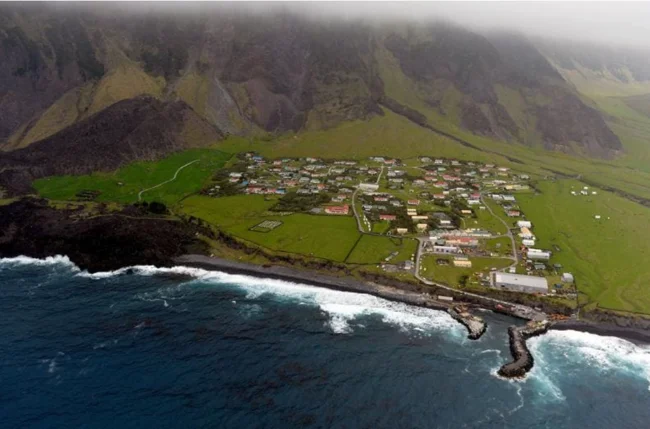
Most islanders are descendants of just eight men and seven women who settled here between 1815 and 1908. It is from them that the current population originates.
Inbreeding has left its mark, however: almost half of the residents suffer from asthma, inherited from three of those first settlers. But otherwise, the community appears quite healthy. 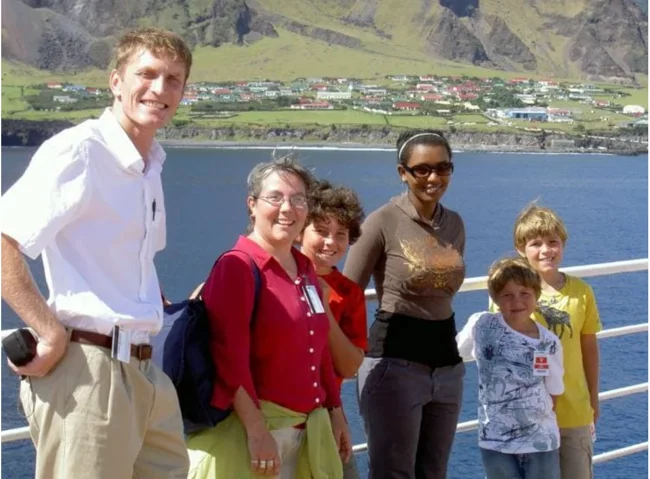
Life in an isolated community
Despite their isolation, the Tristanians have organized their lives in their own way:
- Fishing. The main source of income is lobster catching. The catch is processed right on the island and then exported. 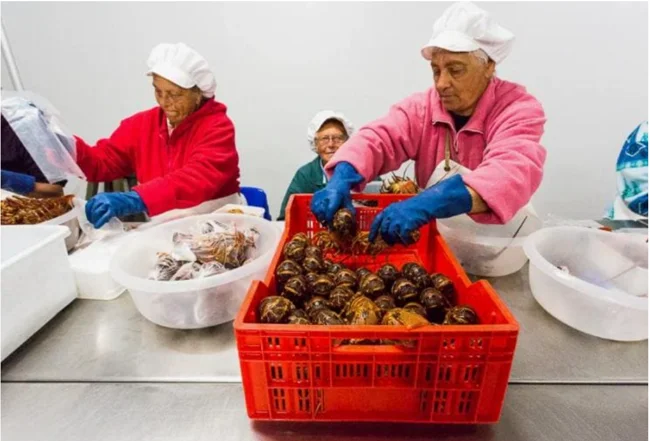
- Livestock and poultry. Residents raise sheep and cows, which provide meat and dairy products. 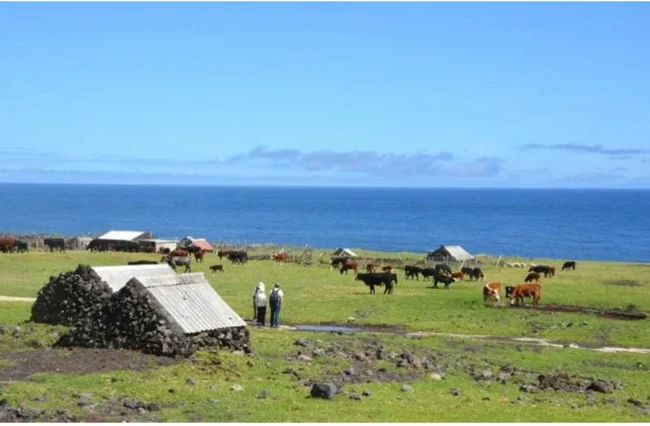
- Potato fields. Potatoes have become the main crop, and there are even actual potato plantations here.
There is electricity, internet, and television, although weather conditions often make life difficult: only about 70 days a year are relatively calm, without storms or fog. Airplanes don't fly here; the only way to get here is by sea. 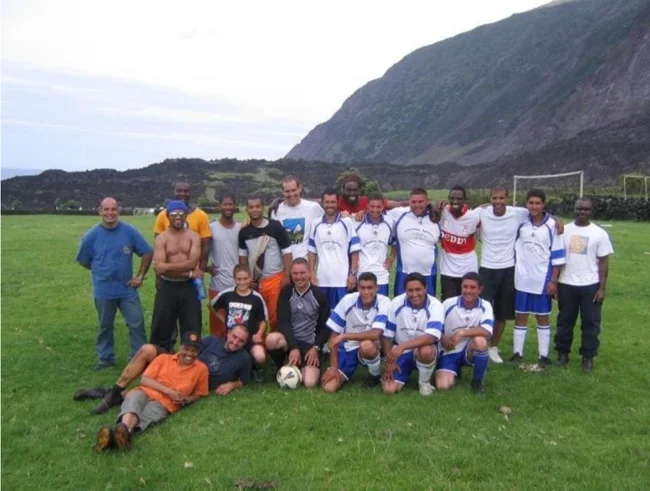
Life and Climate
There are cars and even some public transportation on the island. There is a police force, although the main "crimes" here are missing umbrellas or runaway sheep. 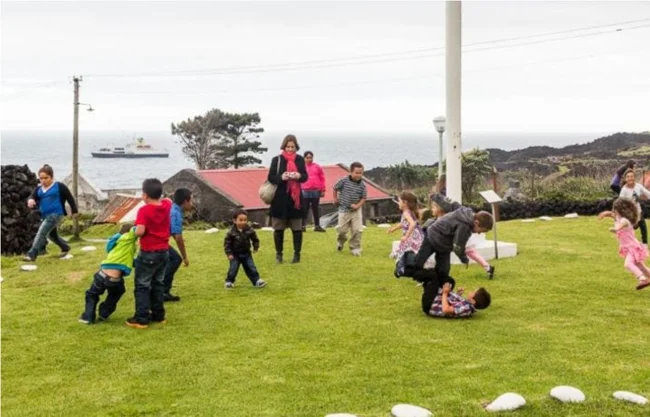
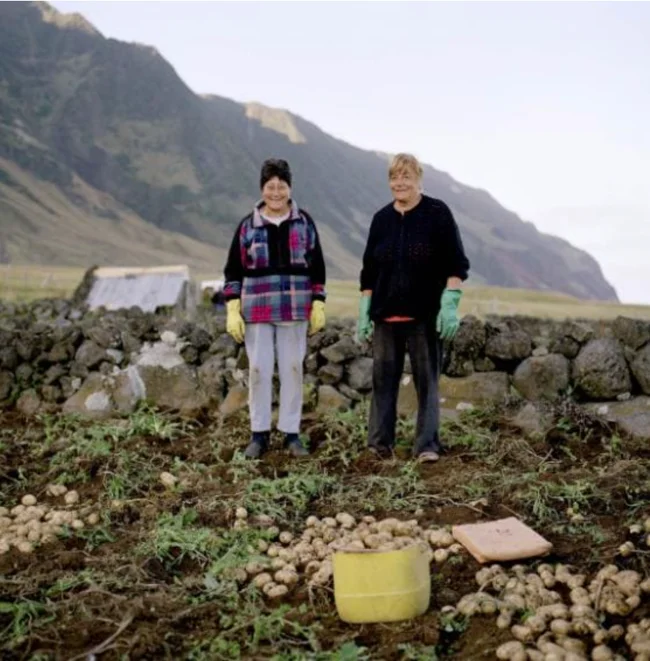
The climate is mild: temperatures rarely rise above 25°C, and there's no real winter—at most, rainy and cool months.
The environment is practically ideal: no factories or plants. Fresh fish, milk, and vegetables—everything is locally sourced. Furthermore, residents are exempt from taxes: the British authorities have decided not to burden the world's most isolated community with additional obligations. 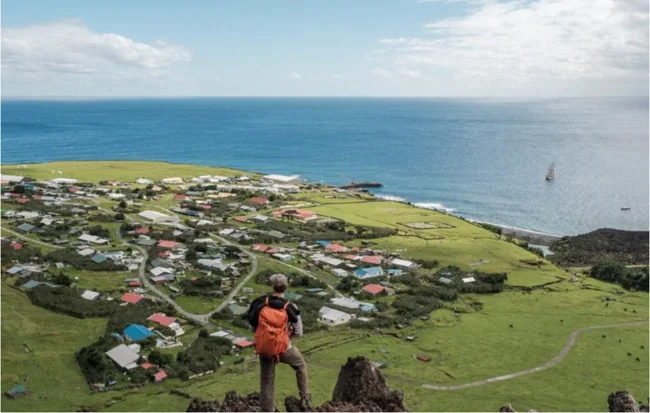
Evacuation Experience
Once in history, all the inhabitants fled the island. In 1961, a volcanic eruption forced the British authorities to evacuate the population. The people later returned and resumed life on their land, at the foot of the same volcano. 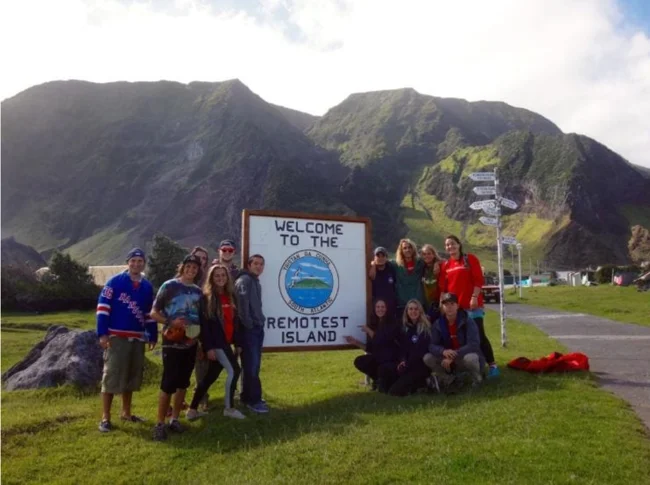
Paradise or Imprisonment?
Tristan da Cunha is hardly a paradise: constant winds, frequent rain, and the proximity of an active volcano are reminders of its harsh reality. But for introverts and those who appreciate peace and quiet, it can be a true bliss—life far from the big cities, clean air, home-grown produce, and a near-total absence of stress. 